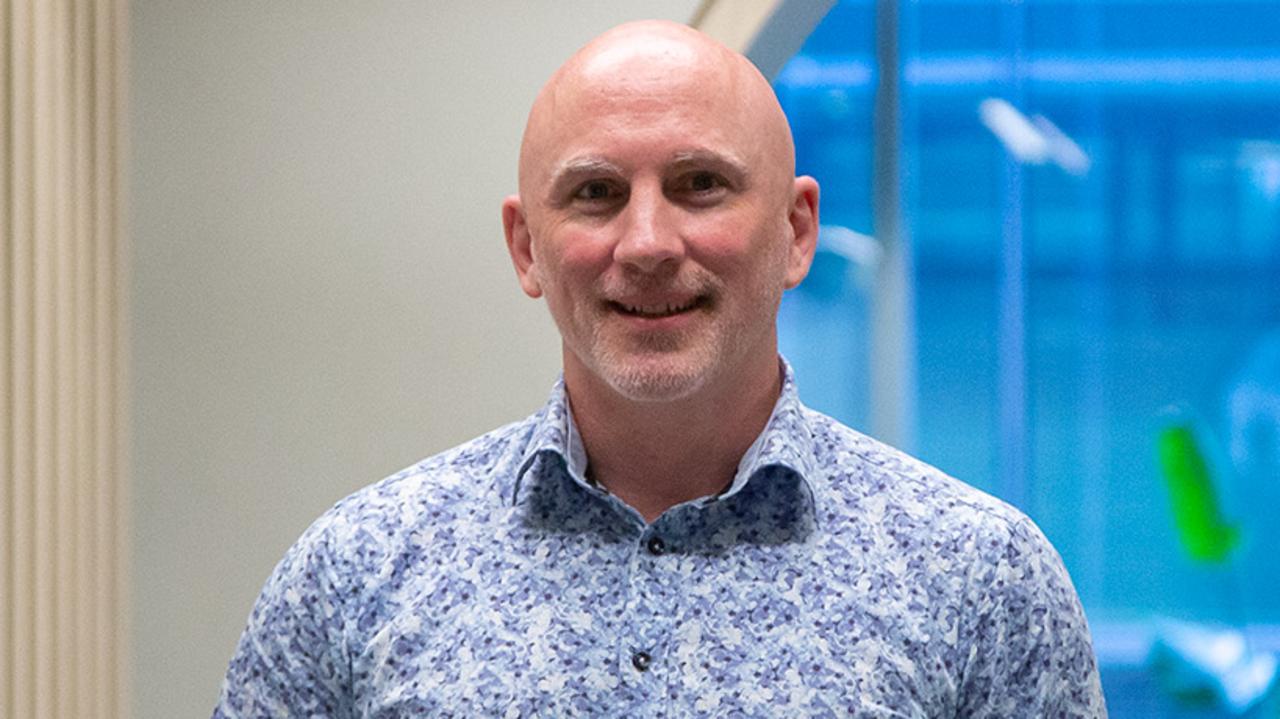Burnout: Why it’s an issue in Australia and how to combat it
Australian workers are burning out, reporting lower levels of wellbeing than their global counterparts. Here’s how to avoid becoming a casualty.
Australian workers are burning out, reporting lower levels of wellbeing and higher levels of stress than their global counterparts.
The trend started well before 2020, but is being exacerbated by COVID-19.
Infinite Potential’s 2020 Workplace Burnout Study, which surveyed 1700 people across North America, Europe, Asia and Australia, finds 49 per cent of Australian respondents report some level of burnout, compared to a global average of 40 per cent.
Research author and organisational psychologist Dr John Chan says burnout and stress are not the same thing.
“Stress is the way our body and mind respond when high levels of demand are placed upon us,” he says.
“Stress has a specific timeline: once we begin to complete a given task or event, our heightened stress levels goes back down. When we are burned out, we feel empty, devoid of motivation and beyond caring. Burnout has no timeline and people experiencing it find themselves in a cycle of negative emotions and withdrawal that can create a sense of hopelessness. Burnout will not simply ‘go away’ or recede once a stressful period is over.”

The research finds Australian workers rank their wellbeing lower (44 on a scale of 0 to 100) than the global average (49).
Chan says Australia’s situation is particularly dire as many organisations here have been slow to adopt modern workplace practices and attitudes that address the root of workplace stress. “Most organisations still view and treat burnout as an individual issue and it creates a stigma that prevents people from seeking help,” he says.
Chan says burnout has accelerated since the pandemic forced many people into endless Zoom calls and put pressure on employees to maintain productivity while also adapting to changes.
“While we were under lockdown and dealing with the additional stressors from work and home, the level of job performance — productivity and quality of work — actually increased for about a third of the respondents. This shows even during the pandemic, organisational expectations of employees did not decrease. That leads to higher rates of exhaustion and cynicism among people toward their job.”

Although individuals can protect their mental health and manage stress with resilience training, mindfulness classes, or practising JOMO (Joy of Missing Out) he says it is ultimately the responsibility of organisations and their leaders to address burnout.

Since September, digital health group ANDHealth has reduced the hours of its eight staff to a nine-day fortnight – while keeping full-time pay – to improve their wellbeing.
Founder and chief executive Bronwyn Le Grice says she was spending 32 hours a week on Zoom calls and realised if she was stressed, her staff likely were, too.
“One of my team uses those hours to take their son to and from school,” she says. “I flip between taking Friday afternoons off to go out with my children or working through and taking a whole Friday off to do something with my family, or I might focus on doing exercise one hour a day.”
Le Grice says more organisations should think beyond fancy coffee machines and ping-pong tables when considering worker wellbeing.

Both Coles and Woolworths have increased their investment in workers’ mental health this year.
Coles chief legal and safety officer David Brewster says about 1000 of its leaders completed mental health first-aid training this year as part of the supermarket chain’s Mind Your Health program.
“We also became a founding member of the Corporate Mental Health Alliance Australia, a business-led, expert-guided member organisation dedicated to improving mental health outcomes for all across Australia’s workplaces,” he says. “We are tailoring our program to cater for the specific needs of particular diversity groups, including Indigenous team members given our position as Australia’s largest employer of Indigenous Australians, and LGBTI team members.”
Woolworths general manager for safety, health and wellbeing Brian Long says Woolworths extended its I Am Here mental health program in 2020.
The company launched an app about a month ago that offers 24/7 on-demand care. “Any time, day or night, any time of the year, should (an employee) be experiencing a particular aspect of mental and physical wellbeing or stress they can reach into this app and engage with a person or simply navigate to get the support and care they need,” Long says.
“It brings us into the 21st century and acknowledges that people like to engage in different ways.”

TIPS TO AVOID BURNOUT
FROM Performance coach and NAB Business Fit podcast host Andrew May
1. SLEEP WELL
Sleep helps our brains and bodies recharge, enhancing their capacity to cope with stress. Poor sleep negatively affects memory, judgment and mood.
2. SEE THE LIGHT
Workers exposed to sun in the morning sleep better at night.
3. PRIORITISE NUTRITION AND HYDRATION
Eat whole foods — lean protein, vegetables, healthy fats, oily fish — and drink water to boost serotonin levels and reduce levels of cortisol and adrenaline.
4. WORK OUT
Walk, run, lift, swim, paddle, cycle, play sport or dance.
5. PRACTISE HEALTHY COPING STRATEGIES
These include mindfulness or meditation; deep breathing; keeping a thought journal; getting out in nature; breaking challenges into bite-sized tasks; celebrating small wins; and incorporating fun and play.
6. BE WITH LOVED ONES
Spend time with family and friends and focus on self-care.
7. WORK WHEN ENERGISED
Find your optimal operating rhythm to harness natural fluctuations in energy levels.
8. LOOK OUT FOR RED FLAGS
Recognise signs you are not coping, such as not sleeping, having a short fuse, withdrawing from friends or family, muscle tightness or tension headaches and drinking to excess.





